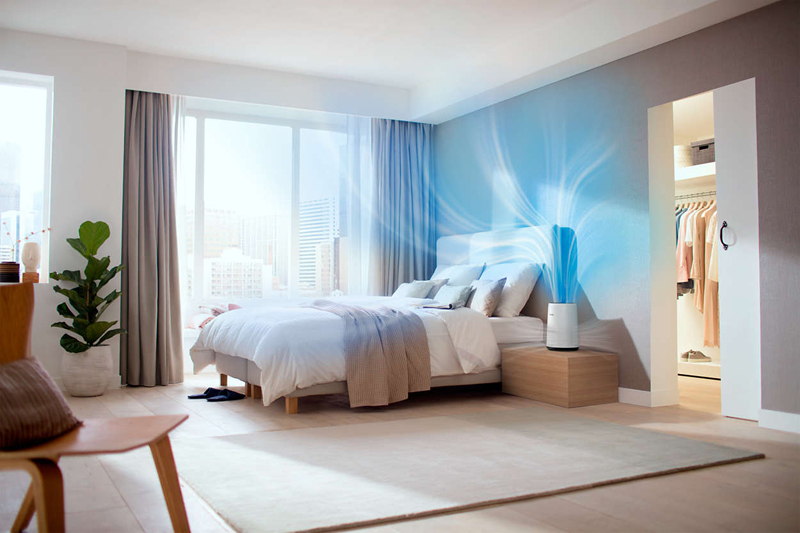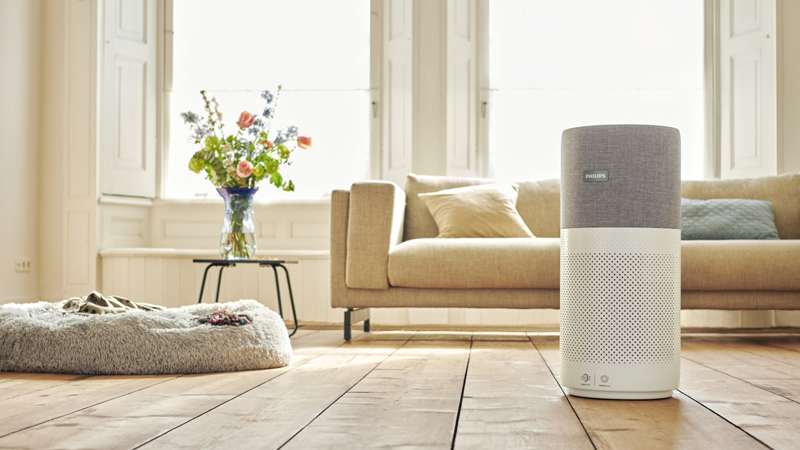- Portable air purifiers can help reduce viruses and other pollutants in classrooms, homes, and other indoor spaces
Manila, Philippines – Face-to-face classes have finally resumed. As children begin to spend more time in school, more than ever, schools must be safe spaces where children can learn and play with friends.
Aside from requiring face masks and physical distancing, what can schools do to minimize the risk of students and staff getting sick? One answer is to ensure clean indoor air.
Why classrooms need clean air
Children are particularly vulnerable to the effects of poor air quality. A global study by UNICEF estimates over 600,000 children under five years old passed away because of diseases linked to polluted air.
Due to the fact that people spend up to 90% of their time indoors, exposure to polluted air is still more likely to happen in indoor environments. Viruses like the flu and COVID-19 can also spread through the air in crowded and poorly ventilated indoor spaces.
Strategies to improve indoor air quality
In April 2022, The Department of Education (DepEd) released revised operational guidelines for face-to-face classes. Among the provisions for classroom layout and structure were measures highlighting the importance of both clean air and proper ventilation.
For non-airconditioned spaces, windows and doors must be kept open to maximize airflow. However, in air-conditioned rooms or in spaces where access to outside air isn’t feasible, air purifiers with high-efficiency particulate air (HEPA) filtration systems must be used.
HEPA filters work by forcing air through a fine mesh that traps pollutants such as pollen, pet dander, dust mites, and tobacco smoke. Portable air purifiers that use HEPA filters as the primary mechanism of air cleaning are both easy to install and can be placed in different areas of a classroom and other indoor spaces.
Recent studies have shown that portable air purifiers may help to reduce exposure to respiratory viruses, including COVID-19 in poorly ventilated indoor environments. As such, the use of portable air purifiers is recognized by several scientific societies and organizations as a protective measure in a multi-layered approach to help minimize the transmission of COVID-19 and other respiratory infections.
Clean air at the push of a button
In Makati City, classes opened at 100% on-site capacity ahead of the DepEd mandate to fully implement face-to-face classes by November. In preparation, the Makati City government equipped its public schools with measures in compliance with COVID-19 protocols set by the Department of Health.
These measures include thermal scanners at entry points, UV light filters, and air purifiers in every classroom – something the local government tested as early as the limited in-person class pilot runs held last year.
With the full implementation of face-to-face classes on the horizon, accessible and reliable filtration technology is a must to ensure children stay healthy as they continue to return to school and interact with the world once again.
To help keep indoor spaces such as classrooms and homes clean and protected at the push of a button, the Philips 800 Series Air Purifier quickly and effectively filters viruses, allergens, or pollutants in spaces up to 48 m². It uses multi-layer filtration technology present in all Philips Air Purification Solutions. The pre-filter catches dust and air, while the NanoProtect HEPA filter is designed to capture over 99% of particles as small as 0.003 microns, smaller than smallest known virus.
Philips Air Purifiers are available on Lazada. Follow us on our Facebook (Philips Home Living) and Instagram (@PhilipshomelivingPh) pages for updates.
For more stories about Philips Domestic Appliances, follow us on LinkedIn and Twitter.
Liked this post? Follow SwirlingOverCoffee on Facebook, YouTube, and Instagram.



